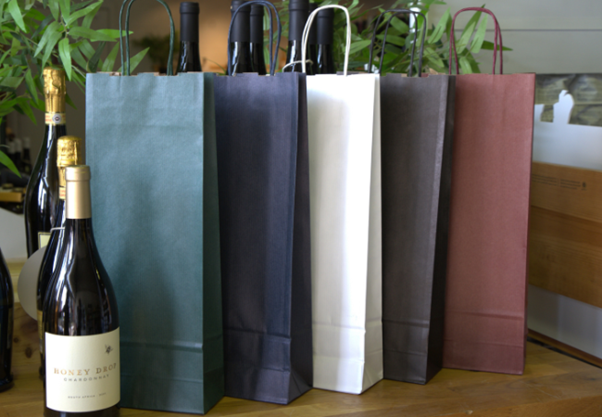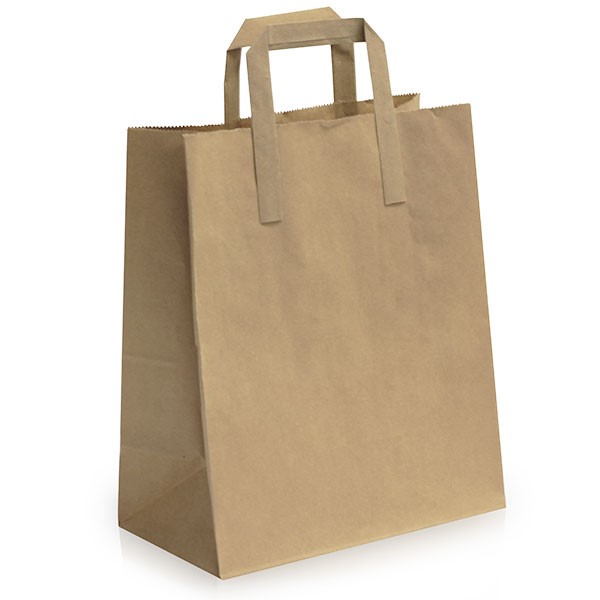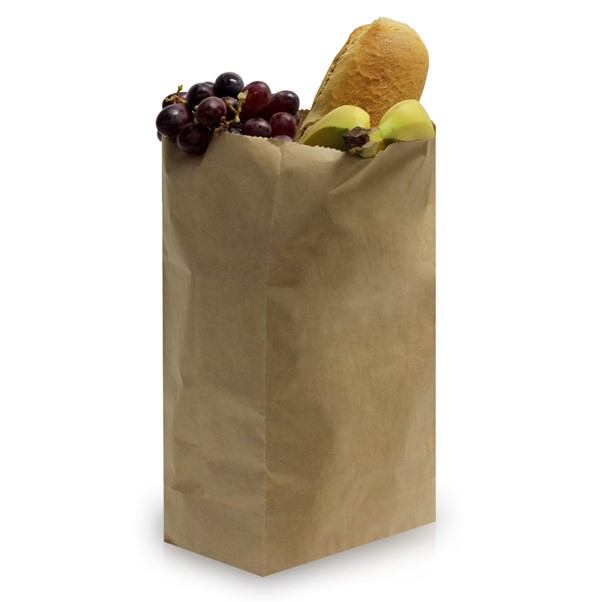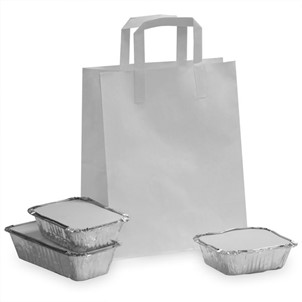Paper bags are versatile and eco-friendly alternatives to plastic bags, widely used in various industries such as retail and food service. When it comes to paper bags, one important factor to consider is their thickness, which is typically measured in grams per square meter (GSM).
In this article, we will explore different paper bag thicknesses and their applications, including popular types such as kraft bags, patterned paper bags and bottle bags.
What is GSM?
GSM refers to the weight of paper per unit area and is an indicator of its thickness and sturdiness. Higher GSM values generally indicate thicker and more durable paper. When choosing paper bags, it’s important to consider the intended use and the items they will carry.
Flat handle bags typically have a lower GSM, usually ranging from 70 to 100 GSM. They are lightweight and suitable for carrying small and lightweight items. Common uses include takeaway food, small retail purchases and promotional events.
Boutique carrier bags have a higher GSM, usually between 120 and 170 GSM. These bags offer enhanced durability and can comfortably carry heavier items such as shoes, books, and cosmetics. They are commonly used in high-end retail stores.
Twisted handle paper bags are slightly thicker, ranging from 100 to 120 GSM. They provide better strength and can handle moderate-weight items, making them ideal for boutique purchases, small gifts, and lightweight clothing.
Block-bottom paper bags are known for their flat base and spacious interior. With a GSM ranging from 120 to 150, they are designed to carry larger items such as groceries, clothing, and household goods. Their sturdy construction allows them to stand upright, making them ideal for storage and transportation.
Counter bags are thinner and lighter, ranging from 40 to 70 GSM. These bags are commonly used in the food service industry, offering a hygienic and convenient solution for packaging sandwiches, bakery items, and small food items.
Takeaway bags are designed for carrying food items, particularly larger meals or multiple containers. They usually have a higher GSM, ranging from 70 to 100, to provide strength and prevent tearing. These bags are commonly used in restaurants, fast food chains, and food delivery services.
Candy Stripe Bags, Patterned Paper Bags and Bottle Bags:
These bags come in various designs and styles, often used for gifting purposes or specialty items. The GSM may vary depending on the specific bag, ranging from 80 to 150. Candy stripe bags are ideal for parties and celebrations, while kraft bags offer a rustic and eco-friendly look. Patterned paper bags add a touch of elegance, and bottle bags are specifically designed to carry wine bottles or other beverages.
In conclusion, understanding paper bag thicknesses and their applications is crucial for selecting the right bag for your needs. From flat-handle bags to block-bottom paper bags, each type serves a specific purpose based on the GSM. Consider the weight and size of the items to be carried to ensure the bag is strong enough to withstand the load. By choosing the appropriate paper bag, you can enhance your brand image, provide convenience to customers, and contribute to a greener environment.









